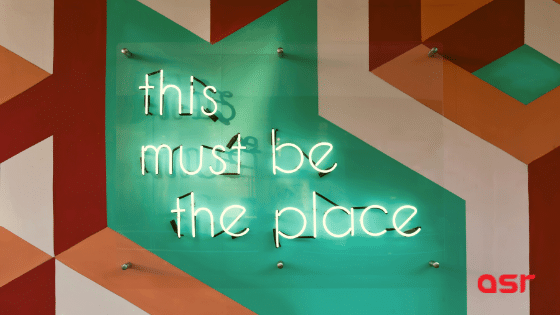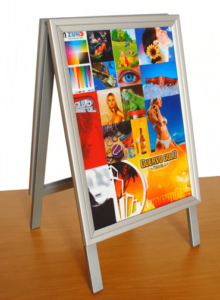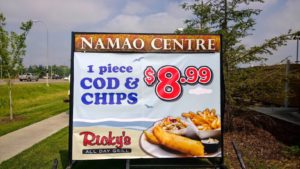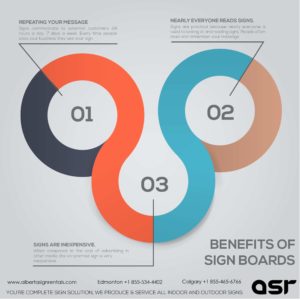In one form or another signs have been around since the beginning of man. Cliffs have been painted along travel routes for hunting to let the nomadic people know where the good fishing or hunting is, or where not to go. The signs have varied for different affiliations, the cross for religious affiliations, and the sun and moon for pagans. Generally used as a form of expression to tell stories, rituals, and affiliations or to give loose directions; they were used for communication. The same purpose of communication can still be seen today.
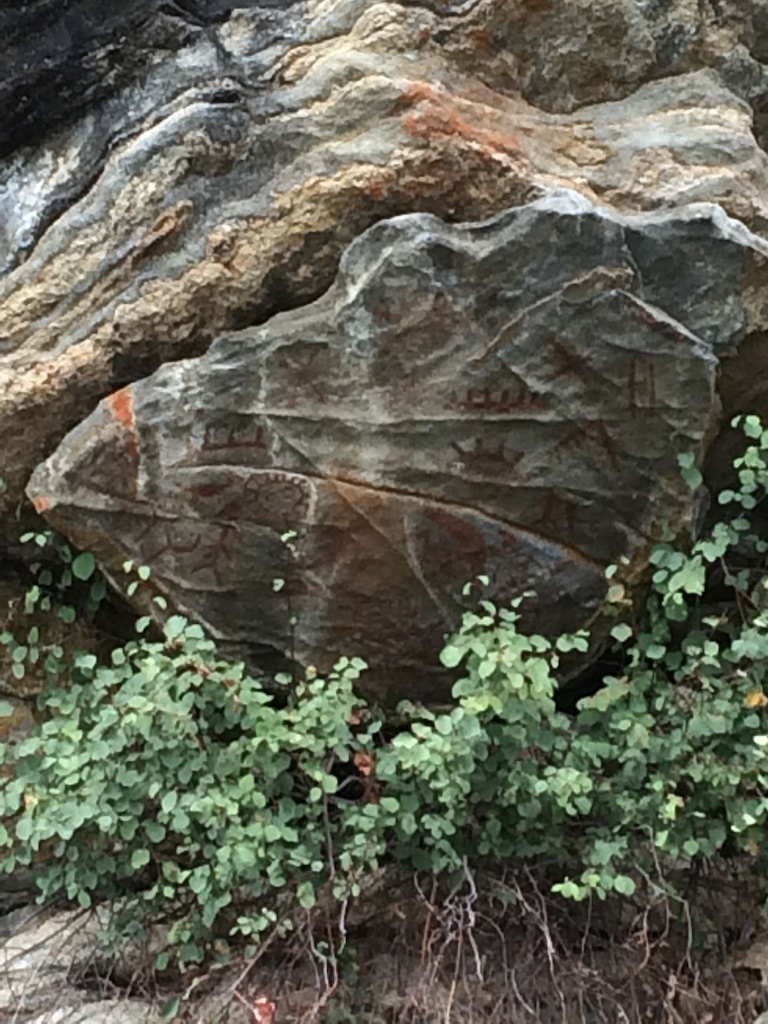
Romans, Greeks, and Egyptians
In the ancient civilizations of Rome, Greece and Egypt, signs were made mostly out of stone and terracotta. They used images to depict trades, products or various shops even events were labelled on signboards. Tools carved into stone depicted that this business was a stonemason like this sign from Pompeii.

China Song Dynasty AD 960-1127
China has a very rich history of imagery and in the China Song Dynasty copper printing plates were used to create print posters depicting advertisements and various shop signage.

Medieval Period – England
In 1389, “King Richard II of England compelled landlords to erect signs outside their premises. The legislation stated “Whosoever shall brew ale in the town with intention of selling it must hang out a sign, otherwise he shall forfeit his ale.” (wikipedia) There were many brewers and alehouses it was hard to differentiate which place your friend or the trader you were to meet was going to be, so the use of pictures was required. It was something that could be painted and was different than any other place in towns such as The Green Dragon, The Traders Gate, The Lamb and Flag. In 1389, “King Richard II of England compelled landlords to erect signs outside their premises. The legislation stated “Whosoever shall brew ale in the town with intention of selling it must hang out a sign, otherwise he shall forfeit his ale.” (wikipedia)

Exterior signs
Signboards are the signs that overhang into the street with a two sided carved and painted depiction of the establishment. Hung on an iron or steel hanger the signs would protrude quite far into the street so the businesses wouldn’t be missed. Sign making became a reputable business and certain sign artists were highly sought after. Around this time is when house numbers became popular.
Large Signs and Traffic – Laws of Store Signage
Large overhanging signs which were prominent in England created havoc as the population in urban centres and traffic increased. With the illiteracy of the general population, imagery was still relied on for identification. “In 1669, a French royal order prohibited the excessive size of signboards and their projection too far over the streets. In Paris in 1761, and in London, about 1762–1773, laws were introduced which gradually compelled sign boards to be removed or fixed flat against the wall.” (wikipedia)
20th century
In the 1890s Manhattan became the starting point for widespread signs to illuminate the skies with commercial signage. Up until that point unless the business was a nighttime place of business, signage was not lit up.
In the 1920s neon signs were developed and became a hot ticket sign across North America through the 1940’s-1970’s. Every business was sure to have a neon sign. From small town Crowsnest Pass to big city Edmonton, Alberta was lit with neon. Some businesses in Alberta still use the nostalgic signs today.

Now nostalgic and highly collectible are Privilege signs of the mid-century. A Privilege sign is one that was provided by the manufacturers to the stores that carried their products for advertising such as Coca-Cola, Milwaukee tools, various different brewers and distillers.

Now and Trend
Now we have laws and regulations that vary based on location as to what signage is allowed and how it can be hung, pubs nod back to centuries gone by for names (Hose & Hound Pub) and neon is now a hot wedding trend. Signs we think may be fun and quirky (neon), but the evidence is clear, signs are communication.
From Edmonton, Calgary, Red Deer, Airdrie, Stony Plain, Fort McMurray and Medicine Hat, we cover Alberta’s signage communications that are eye-catching and within bylaw regulations!
The support of our in-house team will help you choose the right signs for your company and handle all the permitting required. Our dedicated team of experts can guide you through the options available to you and help you choose the right signs to meet your needs. Contact us today!

